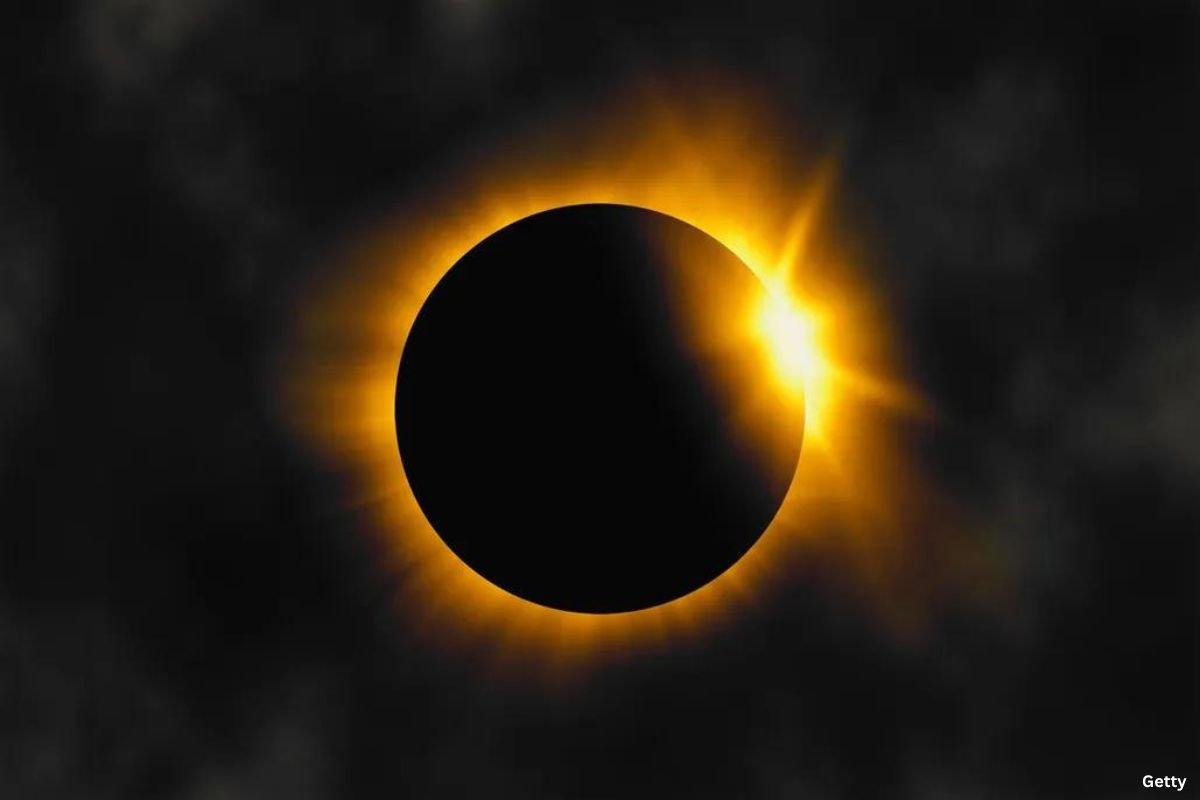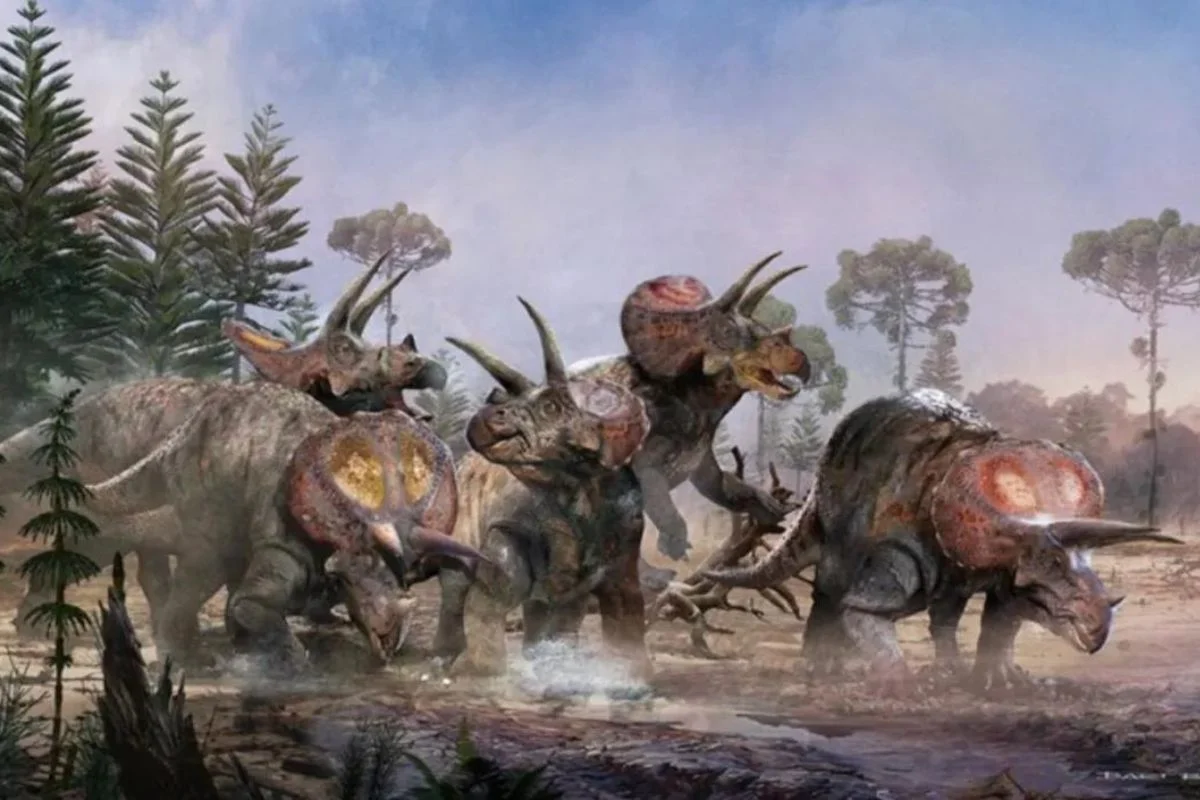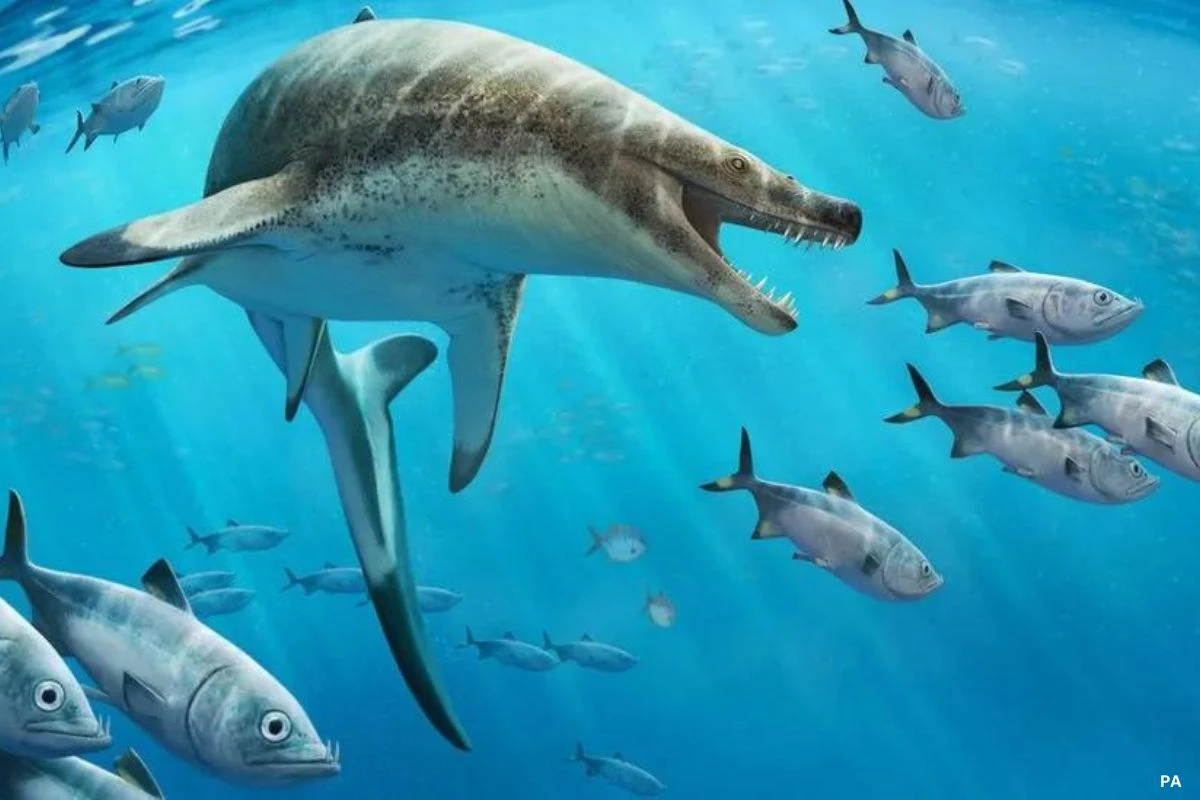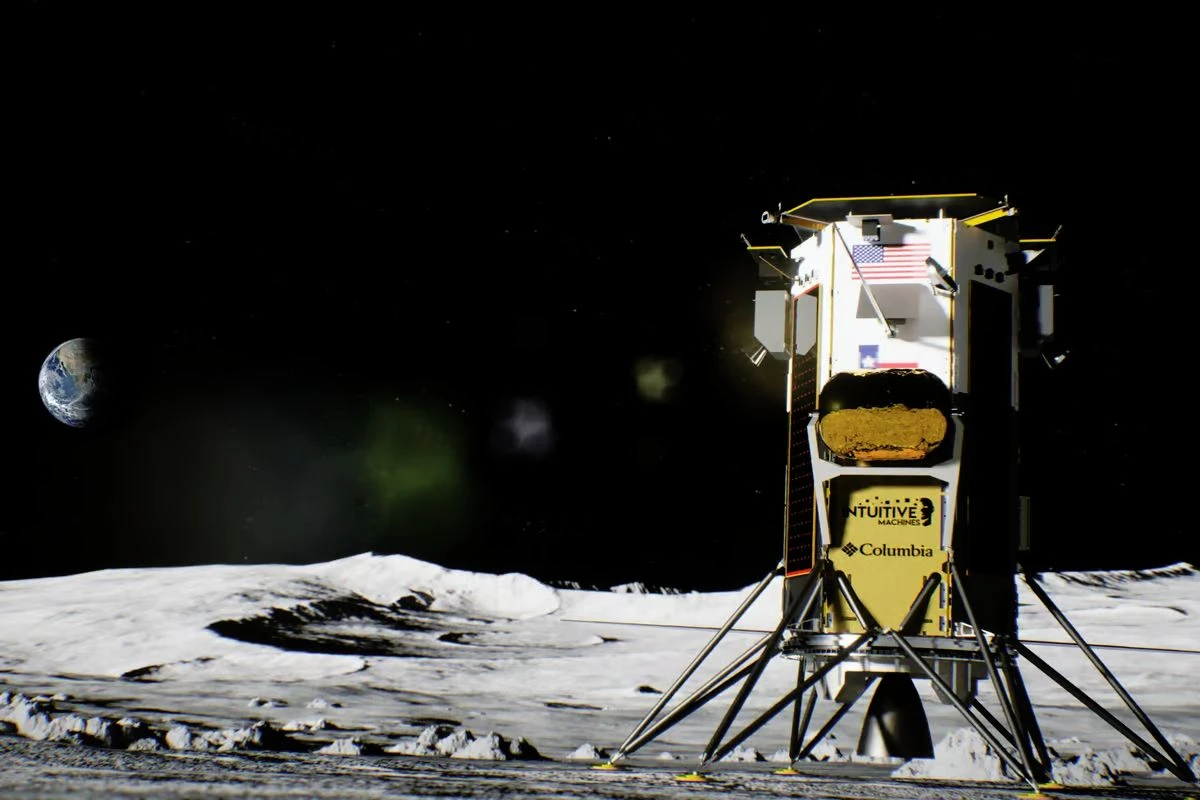NASA’s James Webb Space Telescope (JWST) may have identified a molecule, dimethyl sulphide (DMS), on a remote exoplanet that could be indicative of life. DMS is a molecule typically associated with biological processes on Earth, raising intriguing possibilities about the potential habitability of this distant world.
The Exoplanet’s Remarkable Findings
Researchers involved in the study stress that while the detection of DMS on the exoplanet, known as K2-18b, is an intriguing discovery, it is not yet considered “robust.” Additional data and analysis are required to confirm the presence of this molecule.
Alongside DMS, the researchers have also identified methane and carbon dioxide in the exoplanet’s atmosphere. The presence of these gases suggests the possibility of a water ocean on K2-18b.
The detection of DMS on this distant planet marks the first time astronomers have observed the potential presence of this molecule on an exoplanet orbiting a distant star. However, caution is exercised in interpreting these findings, given the prior controversy surrounding the detection of the molecule phosphine on Venus in 2020, which was later disputed.
Expert Perspectives
Dr. Robert Massey, Deputy Director of the Royal Astronomical Society in London, expressed optimism about the results, noting that humanity is gradually moving closer to answering the profound question of whether we are alone in the universe. He believes that compelling evidence of extraterrestrial life could emerge in the coming years.
The JWST’s remarkable ability to analyze the light passing through the exoplanet’s atmosphere plays a pivotal role in these findings. By dissecting the spectrum of light, researchers can discern the chemical composition of the exoplanet’s atmosphere, despite it being over 1.1 million billion kilometers away.
The spectral analysis conducted with JWST also revealed an abundance of methane and carbon dioxide, indicating the possibility of a hydrogen-rich atmosphere overlaying a water ocean beneath. Previous observations by NASA’s Hubble Telescope had identified the presence of water vapor on K2-18b.
The Significance of K2-18b
K2-18b is not a typical Earth-like rocky planet, as it is approximately nine times the size of Earth. It falls into the category of “sub-Neptunes,” which are planets with sizes between Earth and Neptune. Such planets are abundant in the galaxy, and their characteristics and atmospheres are still relatively poorly understood.
Dr. Subhajit Sarkar of Cardiff University, a member of the research team, emphasized that while sub-Neptunes do not exist in our solar system, they are the most common type of planet found in the Milky Way galaxy.
The potential habitability of K2-18b depends on factors such as temperature, the presence of carbon, and liquid water. The observations from JWST suggest that K2-18b possesses conditions conducive to life, but further investigation is required to confirm this tantalizing possibility.
This discovery marks a significant step forward in our understanding of exoplanets and the potential for life beyond Earth. As researchers continue to gather data and analyze the findings, the quest to unlock the mysteries of the cosmos and the potential existence of life elsewhere in the universe remains a central focus of scientific exploration.












